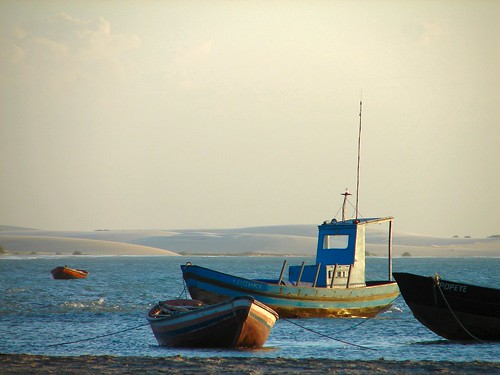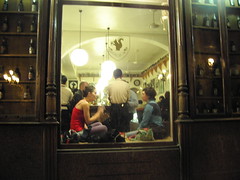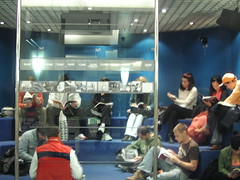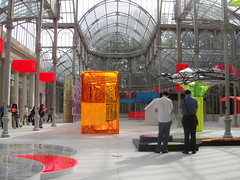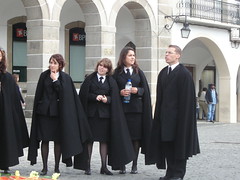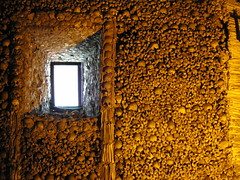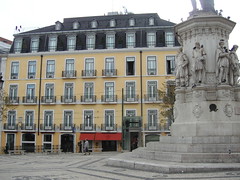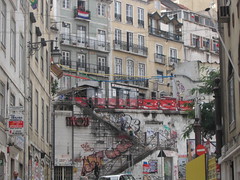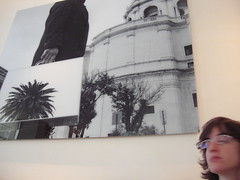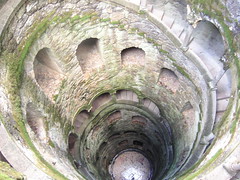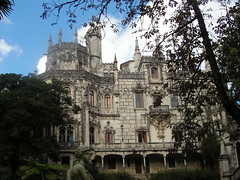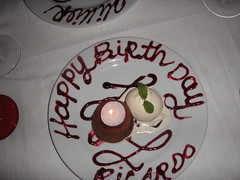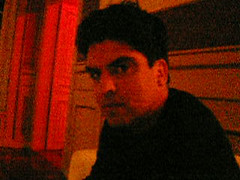Stillman Maps
1. In Paul Auster's novel
City of Glass (published in 1985), the detective Quinn is trailing a man named Stillman. As he follows Stillman, he notices that the man is not up to much, seemingly spending his time idling around an area of New York and engaging in a variety of pointless tasks. But Quinn faithfully records all of this in his journal:
"Pick up pencil in middle of block. Examines, hesitates, puts in a bag ... Buys sandwich in deli ... Sits on bench in park and reads through red notebook" These sentences seemed utterly worthless to him.Frustrated, Quinn decides to map out the path that Stillman has traced in his walks.
It seemed to him that he was looking for a sign. He was ransacking the chaos of Stillman's movements for some glimmer of cogency. This implied only one thing: that he continued to disbelieve the arbitrariness of Stillman's actions. He wanted there to be a sense to them, no matter how obscure. This, in itself, was unacceptable. For it meant that Quinn was allowing himself to deny the facts, and this, as he well knew, was the worst thing a detective could do.Nevertheless, Quinn traces out Stillman's path and discovers that on a particular day Stillman, in his walks, has traced out a letter of the alphabet. Each day, a different letter. And the letters traced out across the city form a word - a message.
2. In his metaphysical detective novel titled
The Investigation, the writer Stanislaw Lem introduces us to a bizarre series of crimes commited across the city. The detectives in the novel, struggling to find an explanation that fits all the facts, arrive at one of two possible conclusions:
The first is that a bizarre and completely unlikely series of coincidences have happened, so as to make it seem that all the murders have the same underlying cause. This explanation also presumes a series of inter-related events: cancer rates, truck schedules, well-positioned cemeteries and insomniac drivers colliding together in such an absurd way so as to create the equivalent of a wide-scale Rube Goldberg device.
The second explanation is much much simpler and fits all the facts neatly. There is only one problem with it: The explanation involves the supernatural - specifically corpses who become zombies and rise out of their graves.
The novel ends with a question: Which explanation should a detective or scientist accept? Which explanation is more likely? How should our mind make sense of the bare facts?
3. On his
Radical Cartography site, Bill Rankin introduces us to "A series of maps of the cities I've lived in or know well, showing only those routes and destinations that I actually use"
Here, for example, is New York.He calls them "Personal Use Maps". I call them Stillman maps.
4. The
Waag society attaches GPS devices to several people in Amsterdam and then maps their travels around the city. The participants include a cyclist and a marathon runner.
Here is one map of Amsterdam produced by these wanderings. The process is referred to as "real-time GPS" The maps are just called maps.
5. It was Einstein who first introduced the concept of
World Lines. A world line marks the travels of an object or person in both time and space. In fact, the Theory of Relativity can be restated in terms of World Lines: Its not that nothing can travel faster than light - its that no person or object can walk across
the Light Cone.
A Stillman map is a World Line where the Time axis has been collapsed. It is the projection of the World line on a flat map. It is a cartographic diary.
